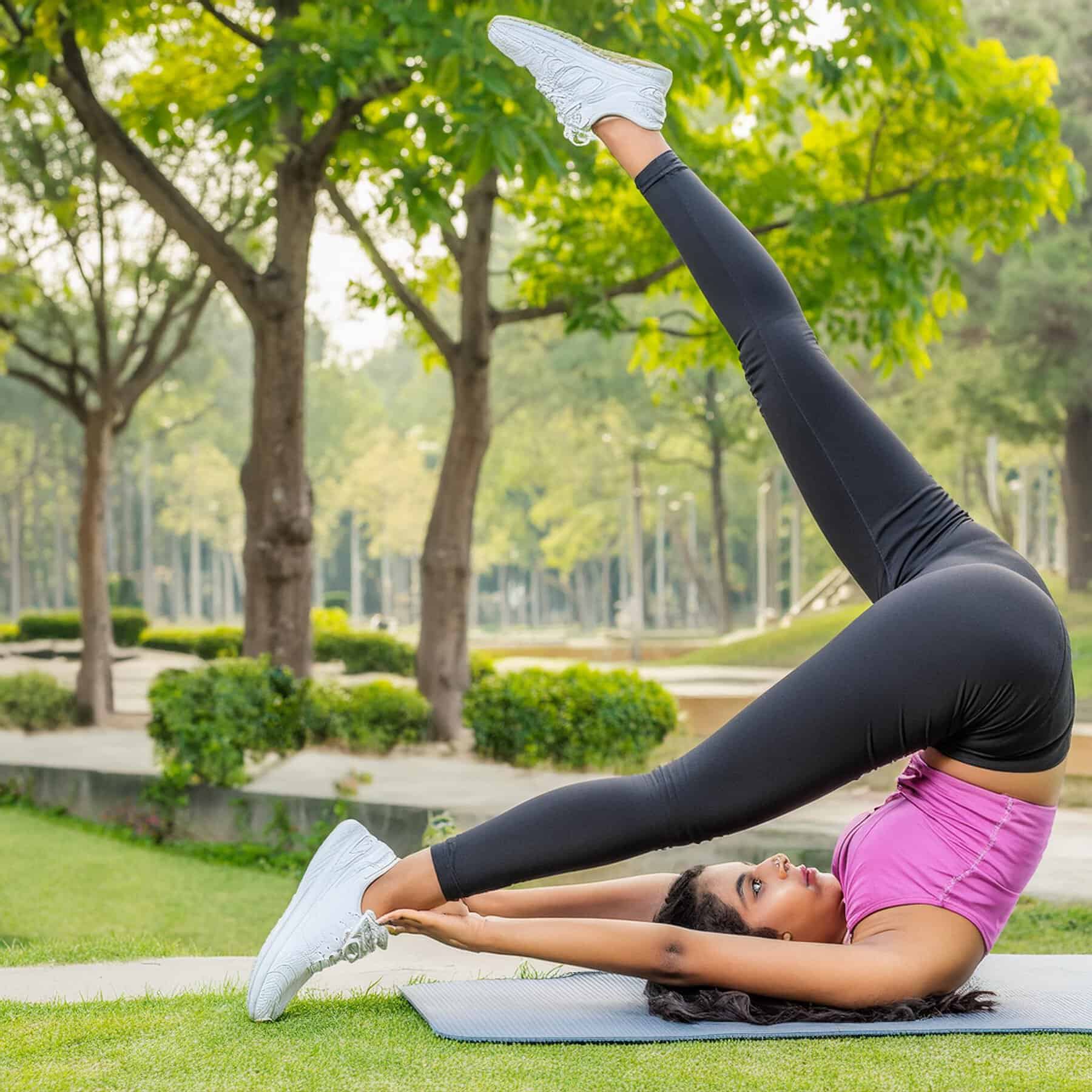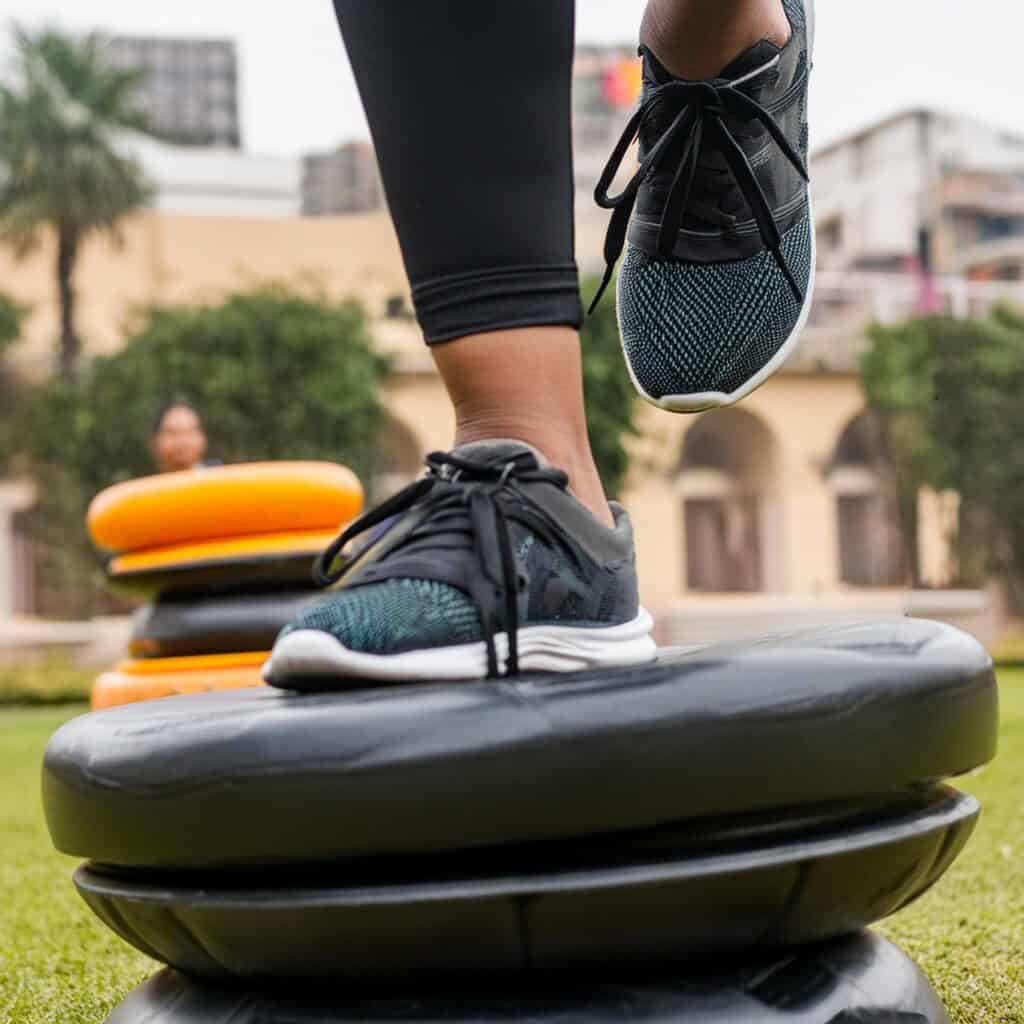Pilates and Balance

What causes us to Balance?
Humans have a tendency to fail to recognise the importance of something until it’s gone. The same can even be said for our sense of balance. What we don’t realise is, our brains are constantly working to help us walk, run, stand or even balance on one foot. Mundane actions that we may take for granted, are a result of constant activity being carried out by the brain.
Similar to how a tripod balances on 3 legs, our sense of balance is brought about by 3 factors:
-
- Visual Feedback: What we see
-
- Tactile or Proprioceptive Input: Muscles, tendons and joints working to feel where you are positioned in the space around you and
-
- Vestibular System: Balance organs in the inner ear that tell the brain about movements and the position of your head
After these 3 inputs have been received by the brain, the brain stem then makes sense of this information in combination with other parts of the organ, resulting in a motor output i.e. the movement of the eyes to keep objects in our vision stable in order to maintain balance.
How the Brain helps our sense of Balance:
Now that it’s clear how the brain as a whole contributes to a strong sense of balance, we can dive deeper into understanding the parts of the brain that work in conjunction with one another to ultimately help us balance.
Part 1: The Cerebellum
The main part of the brain that controls balance is the cerebellum, also known as the “little brain”, located at the very back of the skull. It controls a variety of functions including movement, speech, balance and posture.
However, it doesn’t work alone. The cerebellum along with inputs from the vestibular system is what enables us to balance. Located in the inner ear, this system relays information to the brain about the motion, position and sudden movements of the head. This ensures the brain is able to process every change in the position of one’s body, thereby maintaining equilibrium.
Part 2: The Temporal Lobes
Every reaction, such as flinching upon hearing a loud noise, is caused by the temporal lobes. The temporal lobes are located in the cerebrum and they help process audio and visual stimuli. They have a direct line to the cerebellum by neural pathways, allowing the brain to process stimuli and react quickly. This is a major factor in maintaining overall equilibrium, or sense of balance.
Part 3: The Semicircular Canals
If you move your head from side to side rapidly, the semicircular canals are what help you recover from the dizziness you feel afterwards. These semicircular canals contain a fluid known as endolymph. When one’s head moves around, the endolymph inside the semicircular canals moves in the direction of the head movement, and moves the tiny hairs that line each canal. These hairs translate the movement of the liquid into nerve messages, communicating the direction and speed of movement to the brain. The brain then tells the body how to stay balanced.
Part 4: The Utricle and Saccule
These organs, located in the inner ear, detect linear movement – like when you tilt your head or walk down the street, sending signals to the brain to help maintain balance.
How Pilates aids Balance:

Note: If you are experiencing symptoms of vertigo, dizziness or any other imbalances, we at Moushu’s Pilates recommend you visit your consulting doctor and do a physiotherapy assessment with us at your closest Moushu’s Pilates Studio before attempting this program.
If you struggle with balance and often feel dizzy, there is a high probability that one of these systems may not be working correctly.
Pilates as an exercise form helps an individual become holistically stronger by achieving strength and control of smaller muscles as well bigger ones, ultimately strengthening “the core” of each muscle group.
Additionally, though Pilates, we can work on unilateral or one-sided muscle work to help with balance. Adding associated and dissociated neck, shoulder, and hip rotations further helps with facilitating better neural stimulation to improve and maintain balance. Certain balance challenges can also be employed with the help of props, lighter springs on equipment etc. These send more signals to the brain that stimulate faster reactions and enable better balance.
Of course, not every person with slightly poor balance will require Pilates as an antidote. If you’re like me and just trip a lot, my advice is- just slow down a little!
Follow along with our Youtube workout to know more!
Check out our previous blogs to learn more about:
Motor Learning and Neural Plasticity: https://moushuspilates.com/motor-learning-and-pilates/
Proprioception: https://moushuspilates.com/unlocking-the-secrets-of-proprioception/
Please Like, Subscribe and comment.
A person for whom it took 4 years and a degree in Hospitality to figure out she was in the wrong industry. Sameera is now a seasoned marketer who works in Brand Communications, Strategy and Content while dabbling in freelance content, blog and creative writing.
